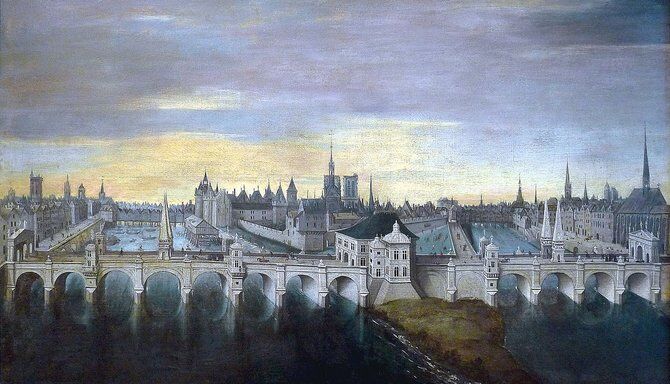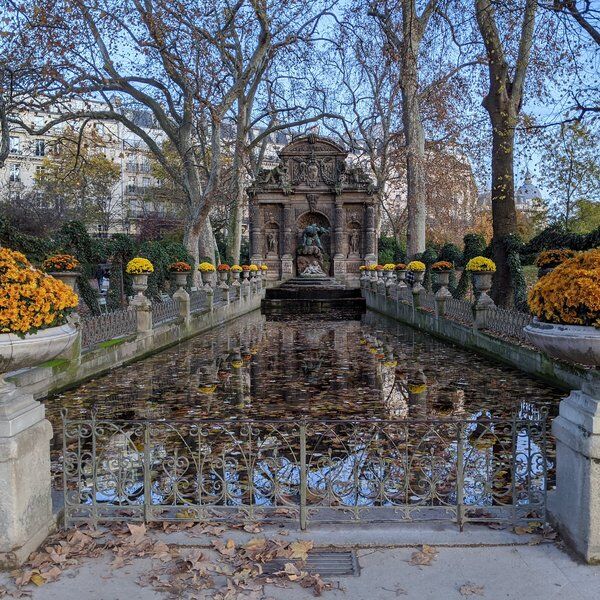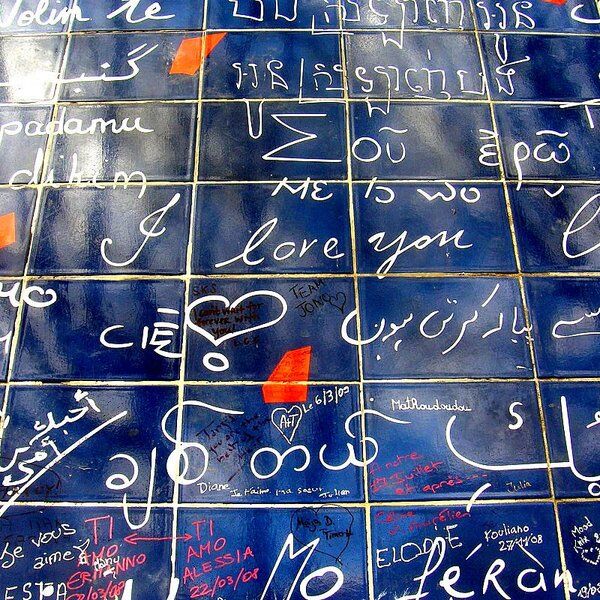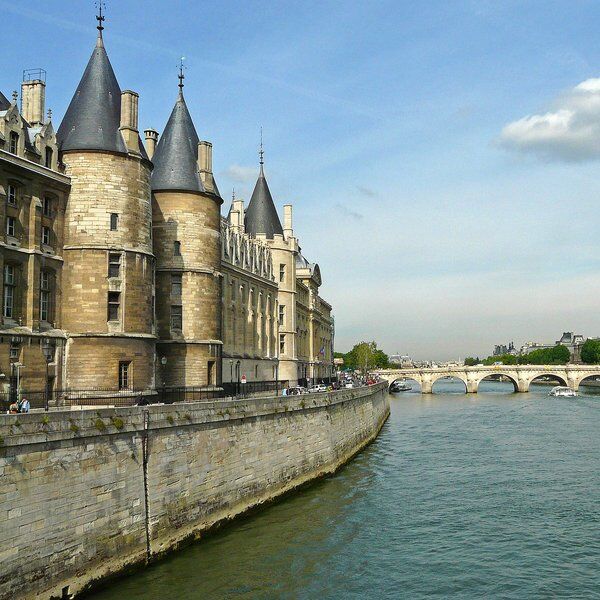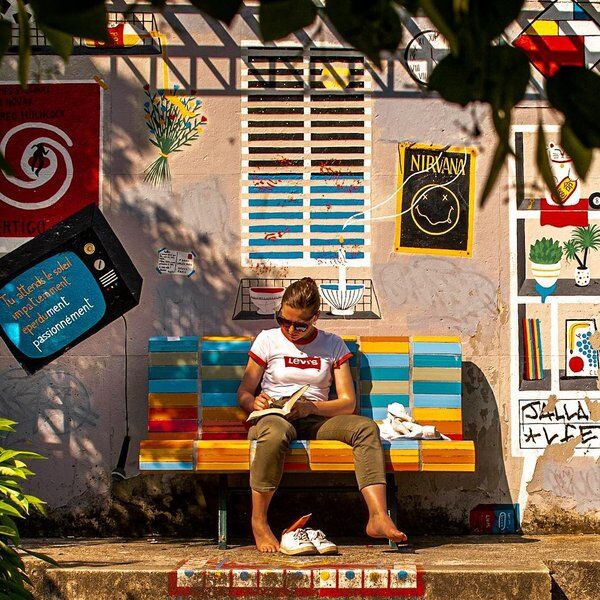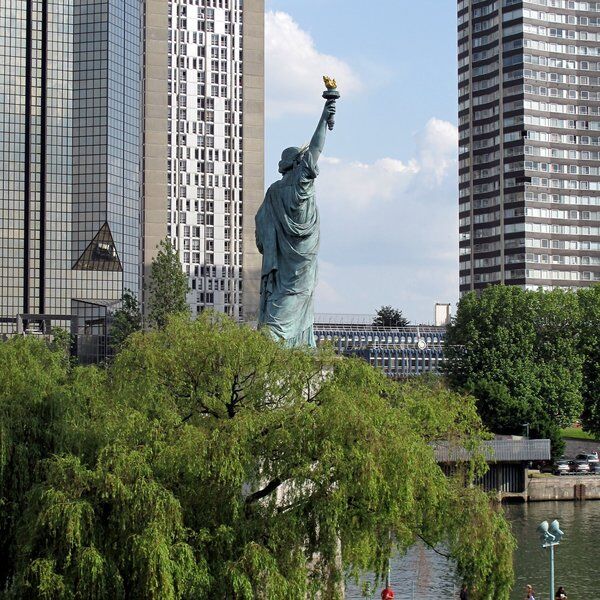
The Conception of Pont Neuf
The bridge branches from the historic Ile de la Cité , where Paris was born in the 3rd century AD, to both banks of the Seine. It was comissioned by Henry III in 1578, the need for a new bridge having been identified in 1550 but having been deemed too expensive at the time. Henry laid its first stone on May 31 1578 and with this construction began.
Pont Neuf is Built
The bridge's design was altered several times whilst it was being built. It was originally meant to have eight arches on the north side and four on the south but a decision was made to amend this to seven on the north and five on the south.
On top of this the bridge was widened to make room for houses along its sides, and its sections, which were originally meant to be built straight, were instead built at an angle to make them more resistant to the current.

Pont Neuf Opens
After several delays due to political unrest and the Wars of Religion the bridge opened to the public in 1604. It was completed in 1606 and inaugurated by Henry IV in 1607. It was named Pont Neuf to differentiate it from the other older bridges extending from Ile de la Cité, none of which remain today.
Unlike these other bridges, Henry decided in the end not to allow houses to be built along Pont Neuf's sides as this would ruin the view.
From the day it opened the bridge saw heavy traffic and, thanks to numerous repairs and restorations over the years, it remains an important and popular bridge today.
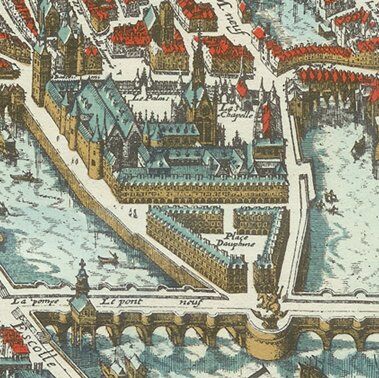
Pont Neuf Becomes the Centre of Paris
In its early days the bridge quickly gained a reputation for both crime and commerce. Gangs would hide there, seeking to rob and murder passers-by. Its street performers, hustlers and hawkers attracted a diverse crowd, who in turn attracted political activists and more criminals. The bridge even had its own gallows.
A letter supposedly written by a Sicilian tourist was quoted in 1701 as saying:
One finds on the Pont-Neuf an infinity of people who give tickets, some put fallen teeth back in, and others make crystal eyes; there are those who cure incurable illnesses; those who claim to have discovered the virtues of some powdered stones to white and to beautify the face. This one claims he makes old men young; there are those who remove wrinkles from the forehead and the eyes, who make wooden legs to repair the violence of bombs.
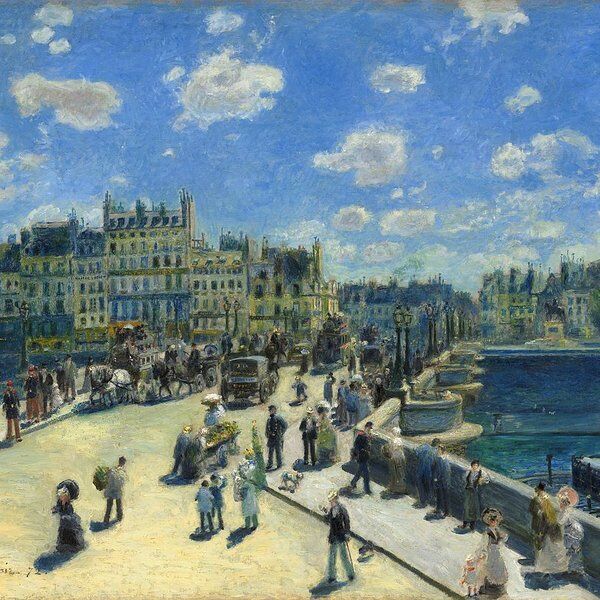
The Decline of Pont Neuf
This bedlam of activity calmed when in the mid-18th century Paris' Boulevards replaced the bridge as the heart of city life. Although it remains an important and historic landmark today, its days of crime, activism and endless commerce are long finished.
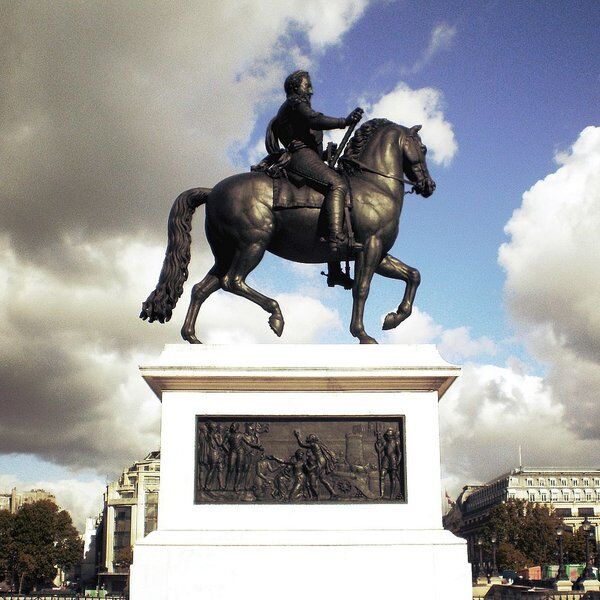
The Landmarks of Pont Neuf
The bridge is famous for two features in particular. First, its sides are lined with 381 'mascarons', grotesque stone masks that depict faces from folklore and ancient mythology.
Second, the bronze statue of Henry IV on horseback where it crosses the Ile de la Cité. This was originally commissioned by his widow, Marie de Médicis, in 1614 and was erected in 1618. Today's statue however is a replica dating back to 1818, the original having been destroyed in 1792 during the French Revolution.
Interested in finding more places like this? Try a CityDays urban exploration game - untangle cryptic clues as a team, as you are taken on a journey to the most unique, unusual and bizarre corners of Paris and beyond.
